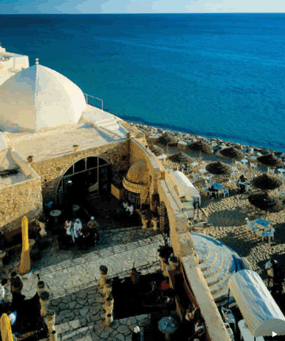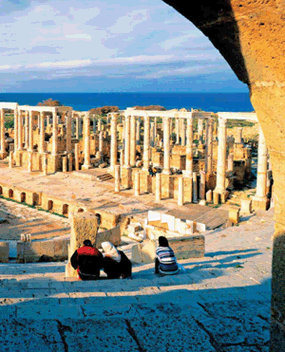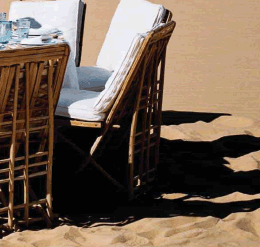This desert nation was an international pariah until 2003, when it renounced its nuclear program and took responsibility for the airliner bombing over Lockerbie, Scotland.

boasts a 12th-century casbah.
This desert nation was an international pariah until 2003, when it renounced its nuclear program and took responsibility for the airliner bombing over Lockerbie, Scotland.

Posted by traveller360 at 9:56 AM 0 comments
Labels: Countries and Cities
Morocco has of late garnered media attention for hosting the ilming of Sex and the City’s risqué sequel, after the United Arab Emirates’ government backed out, judging the ilm too scandalous for the conservative emirates.

Posted by traveller360 at 9:51 AM 0 comments
Labels: Countries and Cities
Tunisia boasts high literacy and has made signiicant strides toward gender equality. It has long been a destination for European holidaymakers on sun-and-fun package tours that include outings to the country’s famous archaeological sites: Dougga, Bulla Regia, Oudna, and El-Jem. In recent years, tourism has gone upmarket, with boutique hotels opening in and around the capital, Tunis, such as the Villa Didon in Carthage and the Hotel Dar Said in a 19th-century mansion.

Posted by traveller360 at 9:43 AM 0 comments
Labels: Countries and Cities